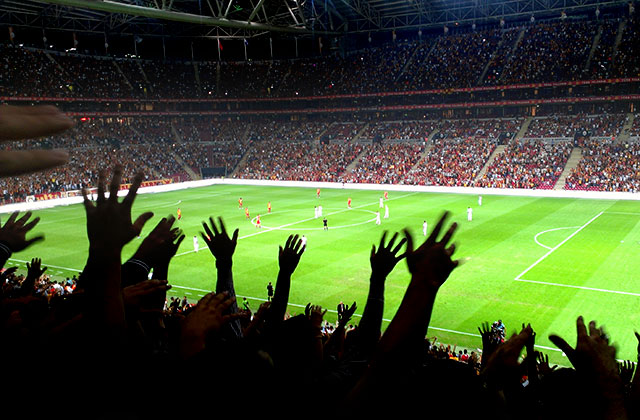Duncan Edwards was famously described by Manchester United legend Sir Bobby Charlton as the only player that ever made him feel ‘inferior’ on a football pitch.
It is stunning praise from someone who himself was undeniably world class – nominated for the Ballon d’Or consistently throughout 1960s – and will forever be among the greatest footballers that England has ever produced.
Charlton was a World Cup winner, a European Cup winner and shared pitches with the likes of Pele, Bobby Moore, Alfredo Di Stefano, Eusebio and countless legends. Yet it was Edwards, who was so cruelly denied the chance of ever reaching his peak, that stood above all of them.
Edwards was tragically killed following the Munich air disaster that claimed the lives of eight Manchester United players, three staff, and several journalists and crew in 1958.
He didn’t die instantly, but sadly succumbed to his injuries and lost the fight in Munich’s Rechts der Isar Hospital 15 days after the crash. He was just 21 years old at the time his life was taken away.
Edwards was living in lodgings on Gorse Avenue in Stretford, not far from Old Trafford, at the time of his untimely death, but was also engaged to girlfriend Molly Leech. His wage as a professional footballer was £15 per week, the most he could earn under the maximum wage rules.
Despite his age, Edwards had already played 177 times for United, with 18 caps for England.
Playing in the half-back position, a midfielder by today’s terminology, he was among the first of the famed Busby Babes generation to make the breakthrough at Old Trafford. Having been spotted by the club aged 12 playing at schoolboy level in his hometown of Dudley in the West Midlands, Edwards joined United as an amateur in June 1952 a few months before he was due to turn 16.
Local giants Wolves and Aston Villa wanted him, but he chose to make the switch to Manchester, where United had recently won a first league title in 41 years.
Only a few months later, and before he had even signed a professional contract, Edwards was handed a first-team debut on 4 April 1953 when United faced Cardiff in a league match. At the age of 16 years and 185 days he was, at that time, the English top flight’s youngest ever player.
Even though United lost 4-1 that day, the Manchester Guardian remarked on Edwards’ ‘fine ability of passing and shooting’. In time, his passing, shooting, tackling, aerial ability and all-round two-footedness would come to define and characterise his world class ability.
Edwards didn’t make another first-team appearance that season and had to wait until November 1953, by which time he had turned 17 for his next chance. The player replaced 33-year-old veteran Henry Cockburn for a game against Arsenal at Old Trafford, lining up alongside other emerging talents like Roger Byrne, Bill Foulkes, Dennis Viollet and Jackie Blanchflower – more Busby Babes would follow in the years to come as the club soon took English football by storm.
Edwards held onto that shirt – the number six jersey – for the rest of the season, with Cockburn playing just four more games before then leaving Old Trafford in late 1954 after a decade of service.
Amid fierce competition in a talented United squad at that time, Edwards lost his first-team place midway through the 1954/55 season, but was a permanent fixture the following campaign – still aged 18 going on 19 – when the club won the first of back-to-back league titles.
That brought with it entry into the European Cup, albeit initially against the will of the Football League in England, and by the spring of 1957, Edwards and United were going toe to toe with the mighty Real Madrid in the competition’s semi-finals. They fell short as Real went on to be crowned champions again and were only denied a domestic double in a controversial FA Cup final defeat.
At the same time, Edwards was making a name for himself at international level. He was called up by England in 1955 and made his debut aged 18 years and 153 days, the nation’s youngest post-war football until Michael Owen eventually broke that record in 1998. Edwards never played in a World Cup, but was expected to go the 1958 tournament, which took place just a few months after his death, and was also tipped as a future England captain.
More than 60 years after his life was cut short, Edwards’ memory and legacy still lives on. The Duncan Edwards Leisure Centre in Dudley is named in his honour, while a street near where he is buried in Dudley Cemetery was renamed ‘Duncan Edwards Close’ in 1993.
Perhaps most famously, a stained glass window depicting the player was unveiled at St Francis’ Church in Dudley by his mentor and manager Matt Busby in 1961. His statue also stands in Dudley town centre, unveiled in 1999 and re-dedicated in a special ceremony in 2015.
For more from Jamie Spencer, follow him on Twitter and Facebook!
Source : 90min
